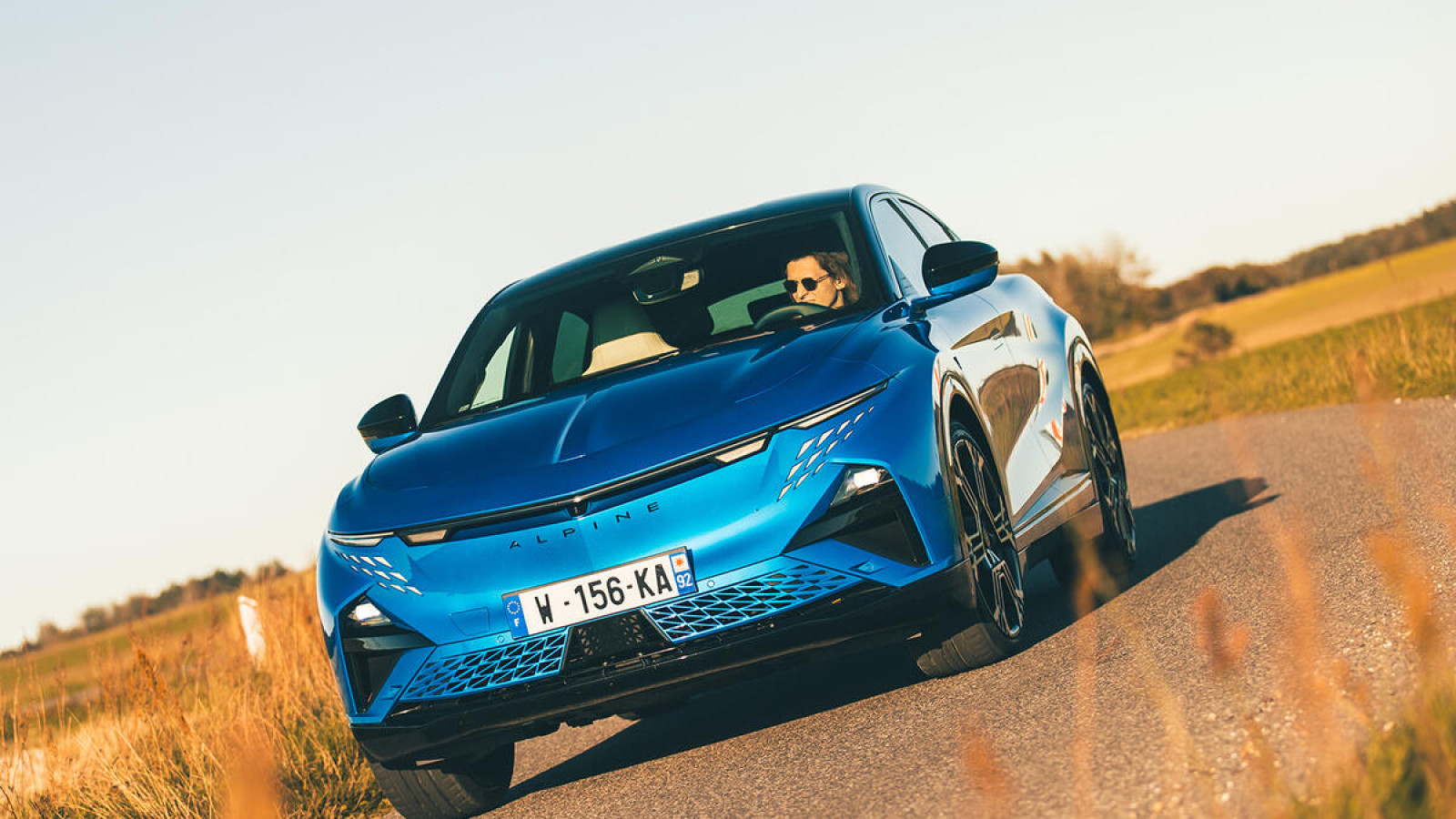
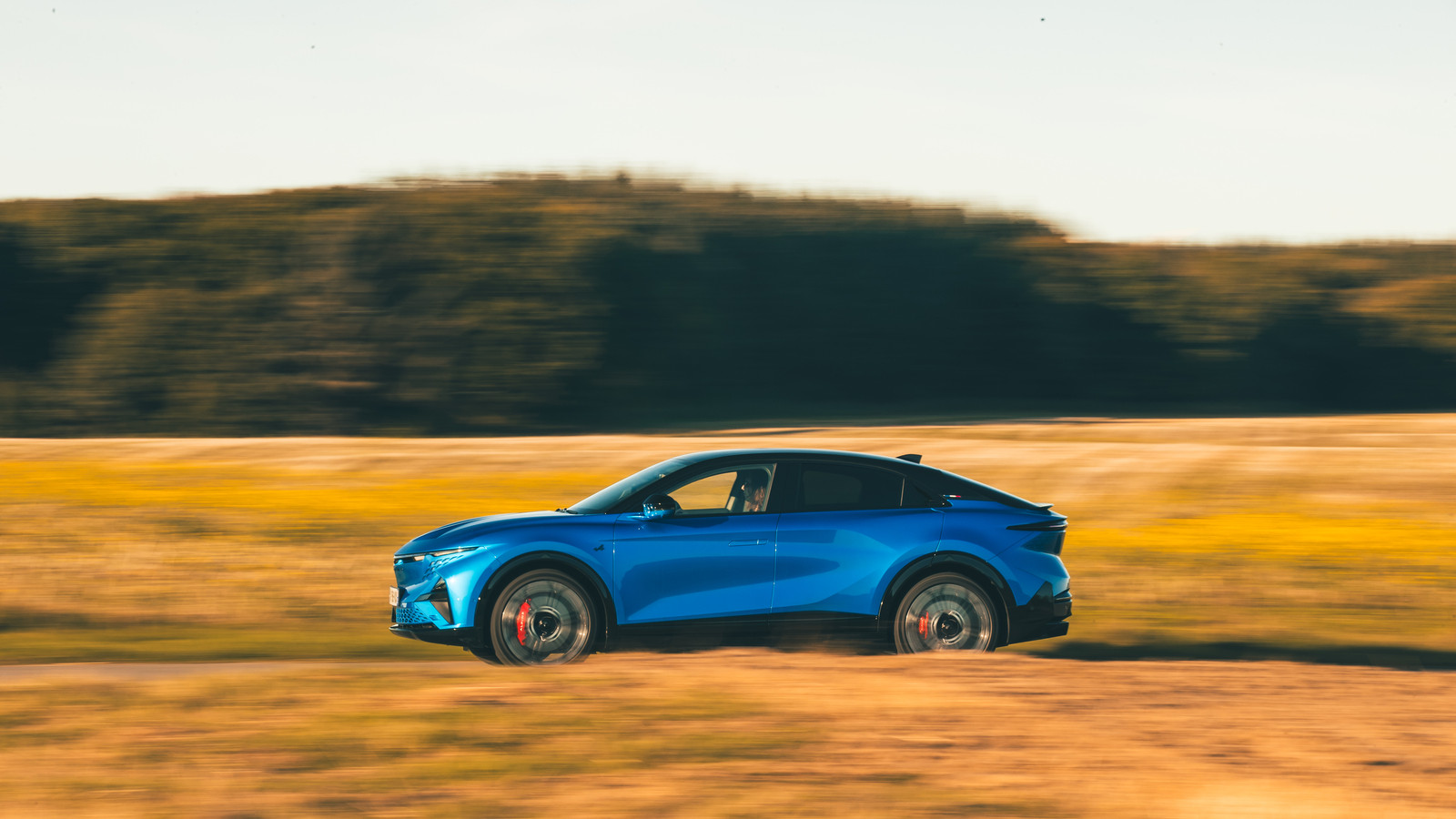
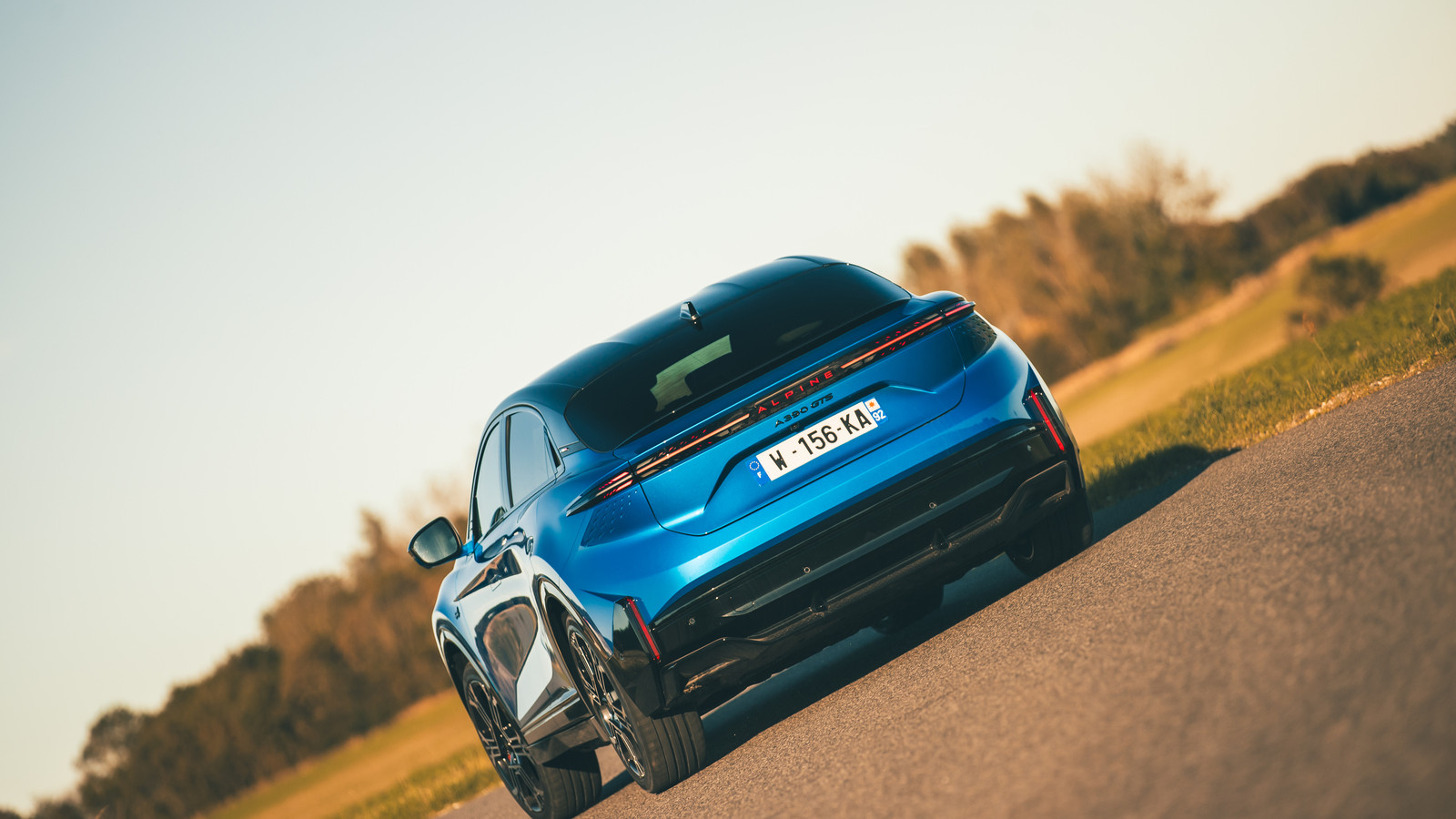



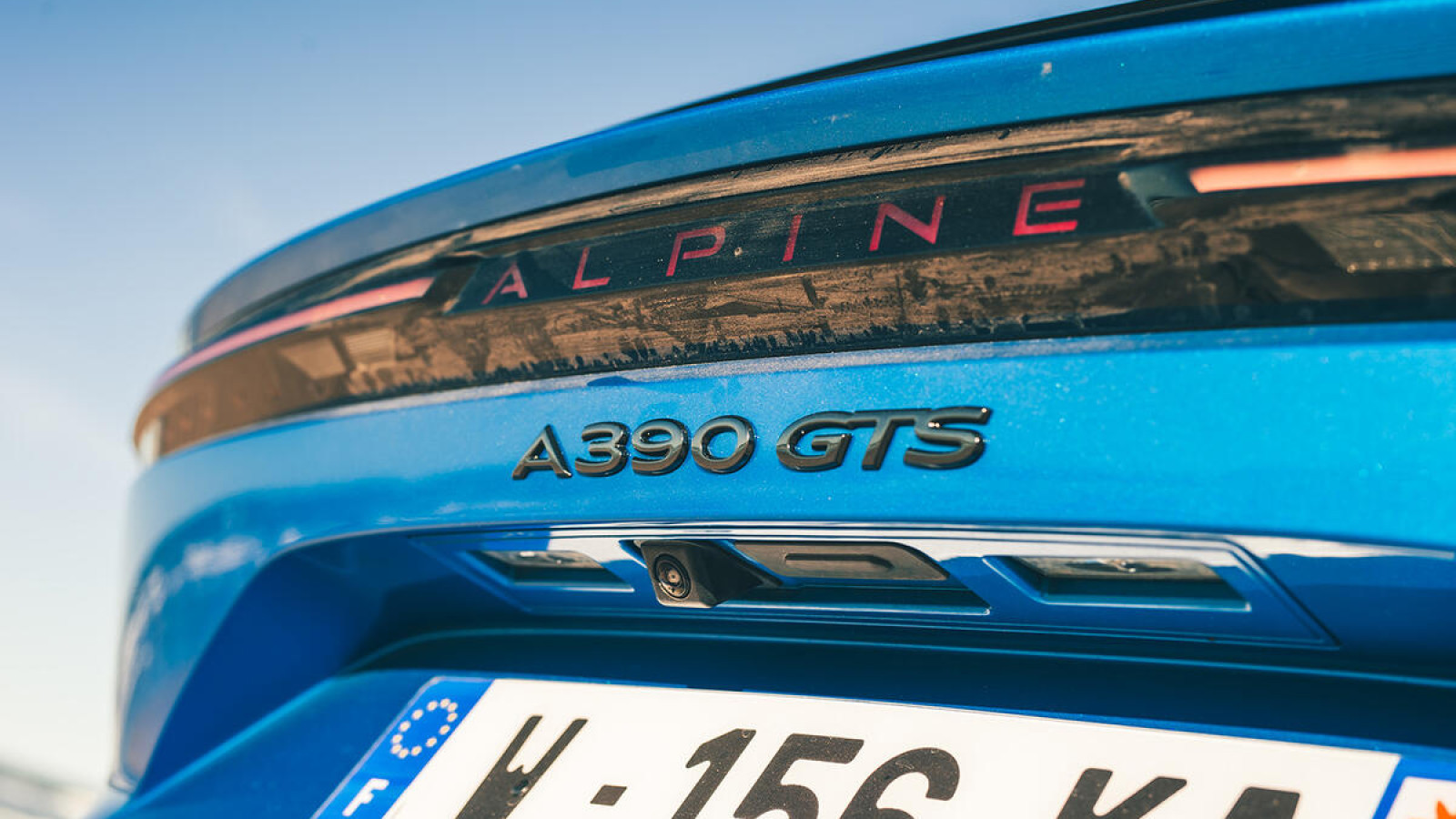
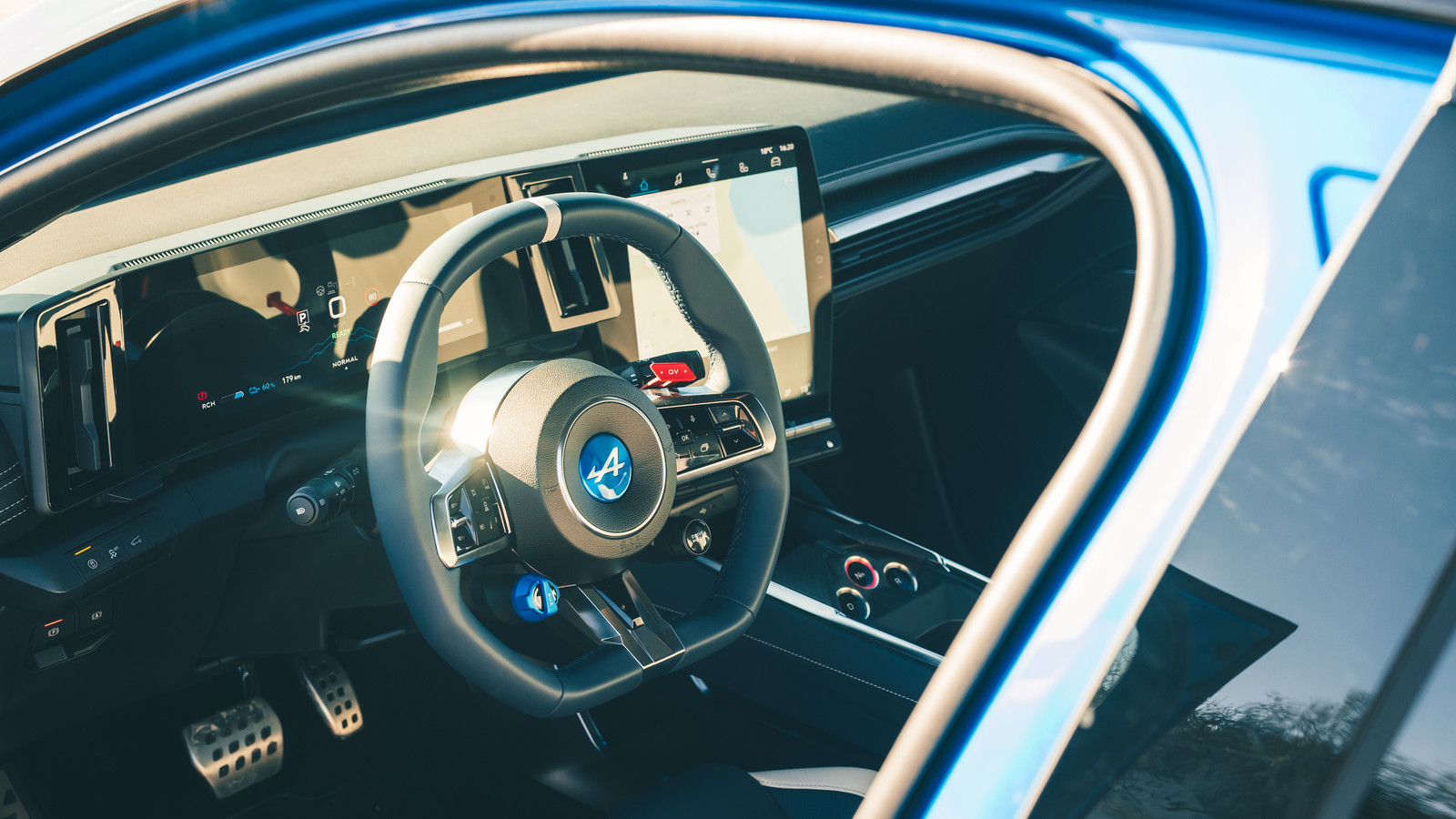
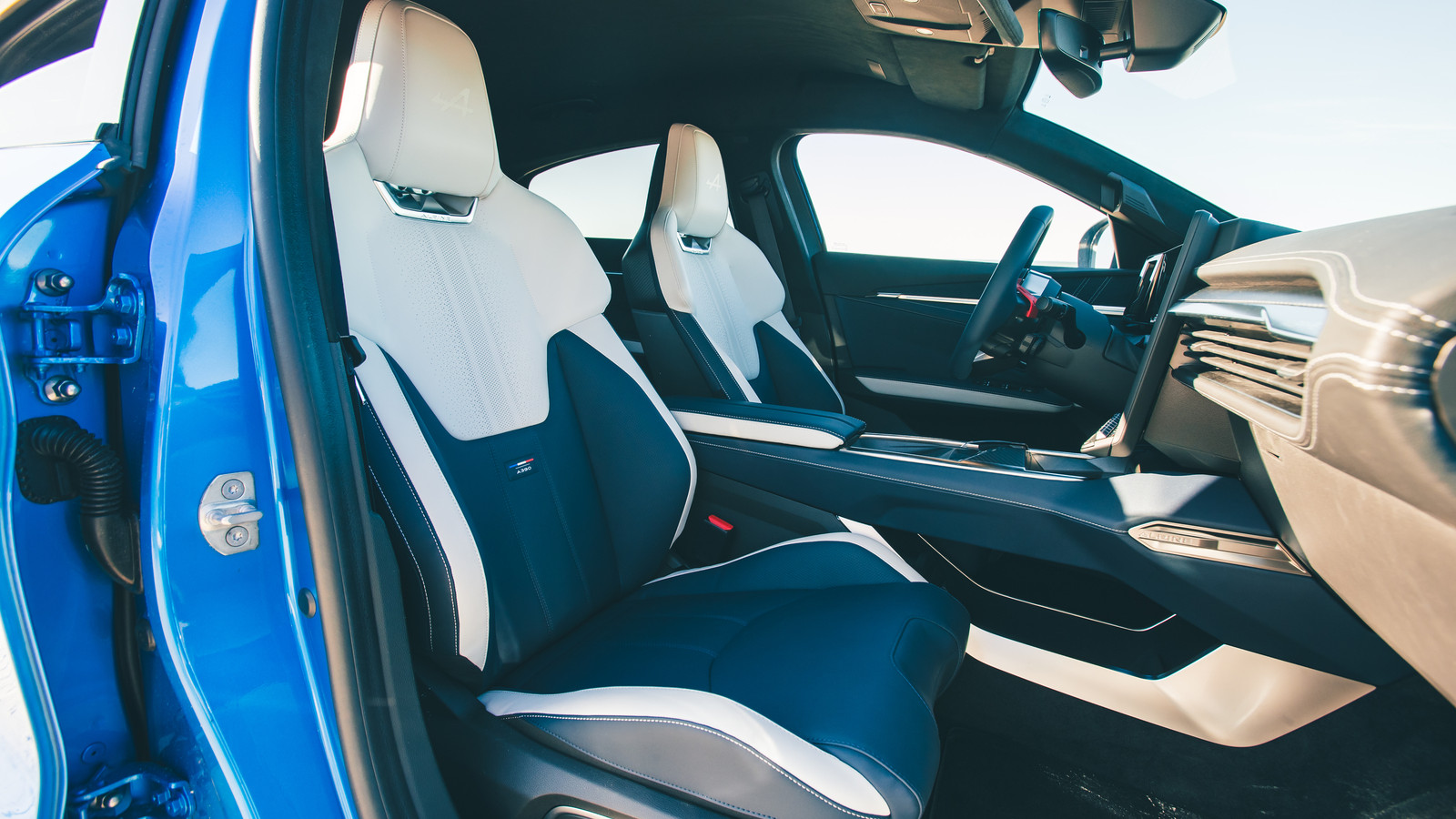
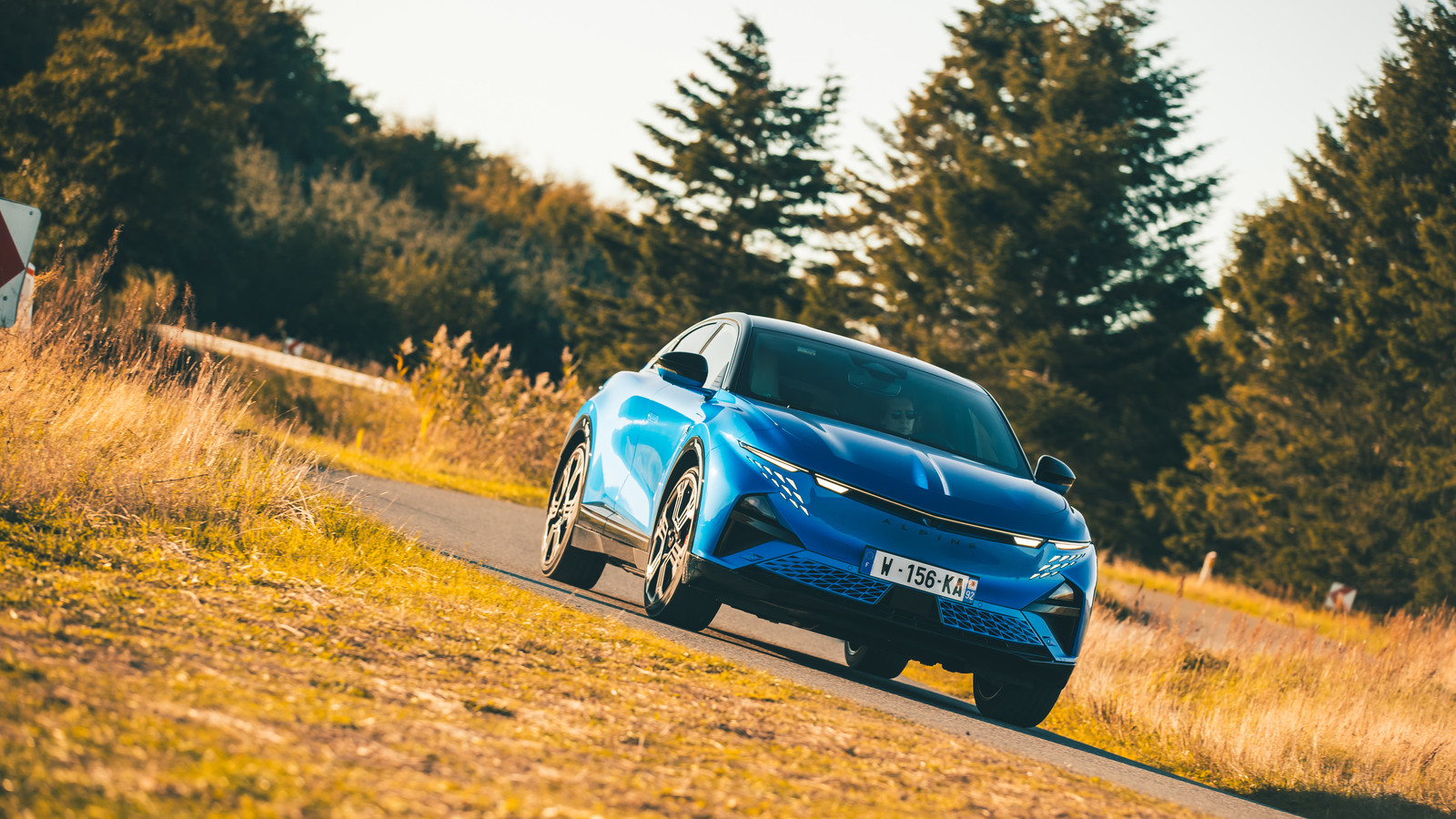
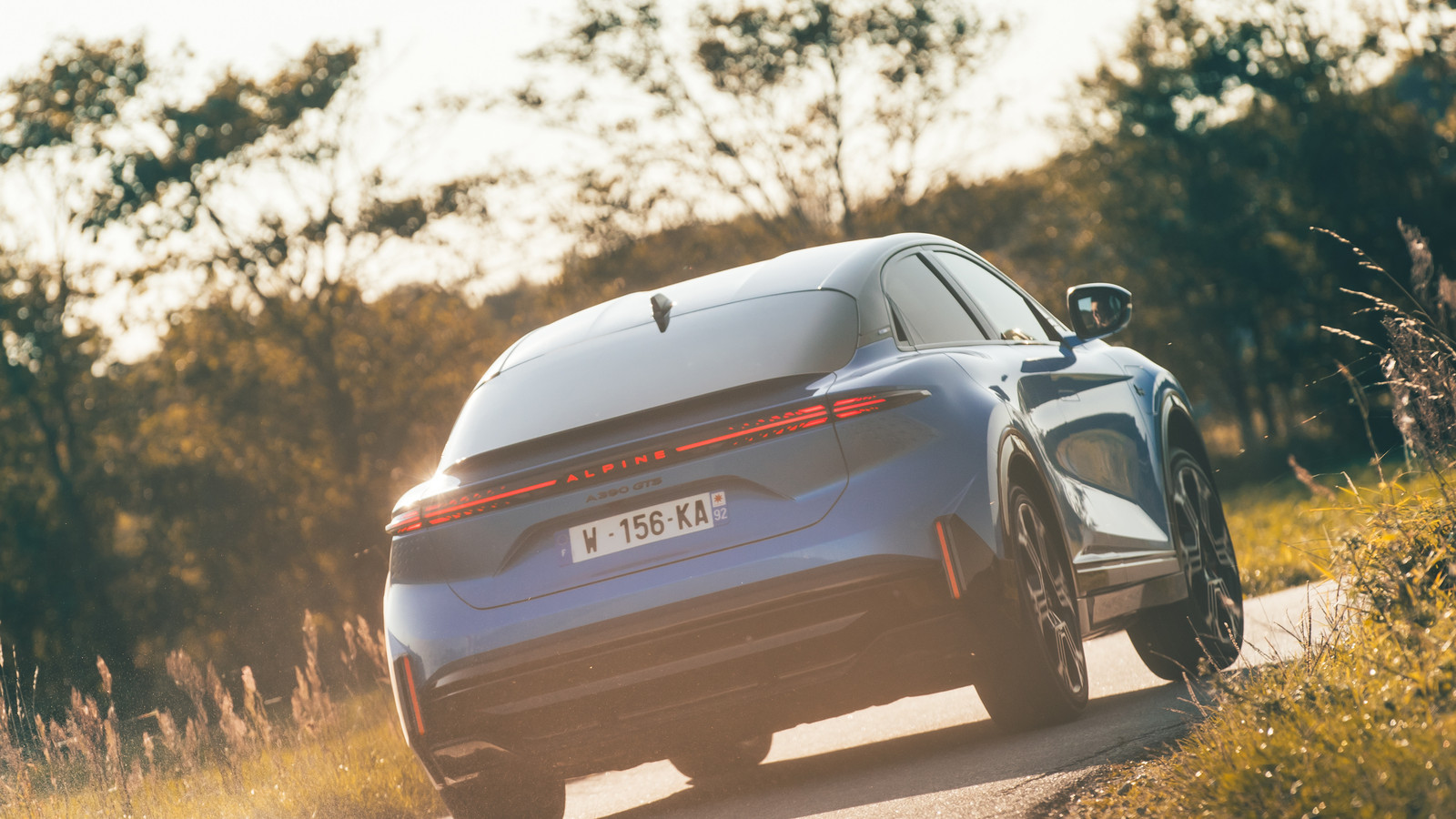
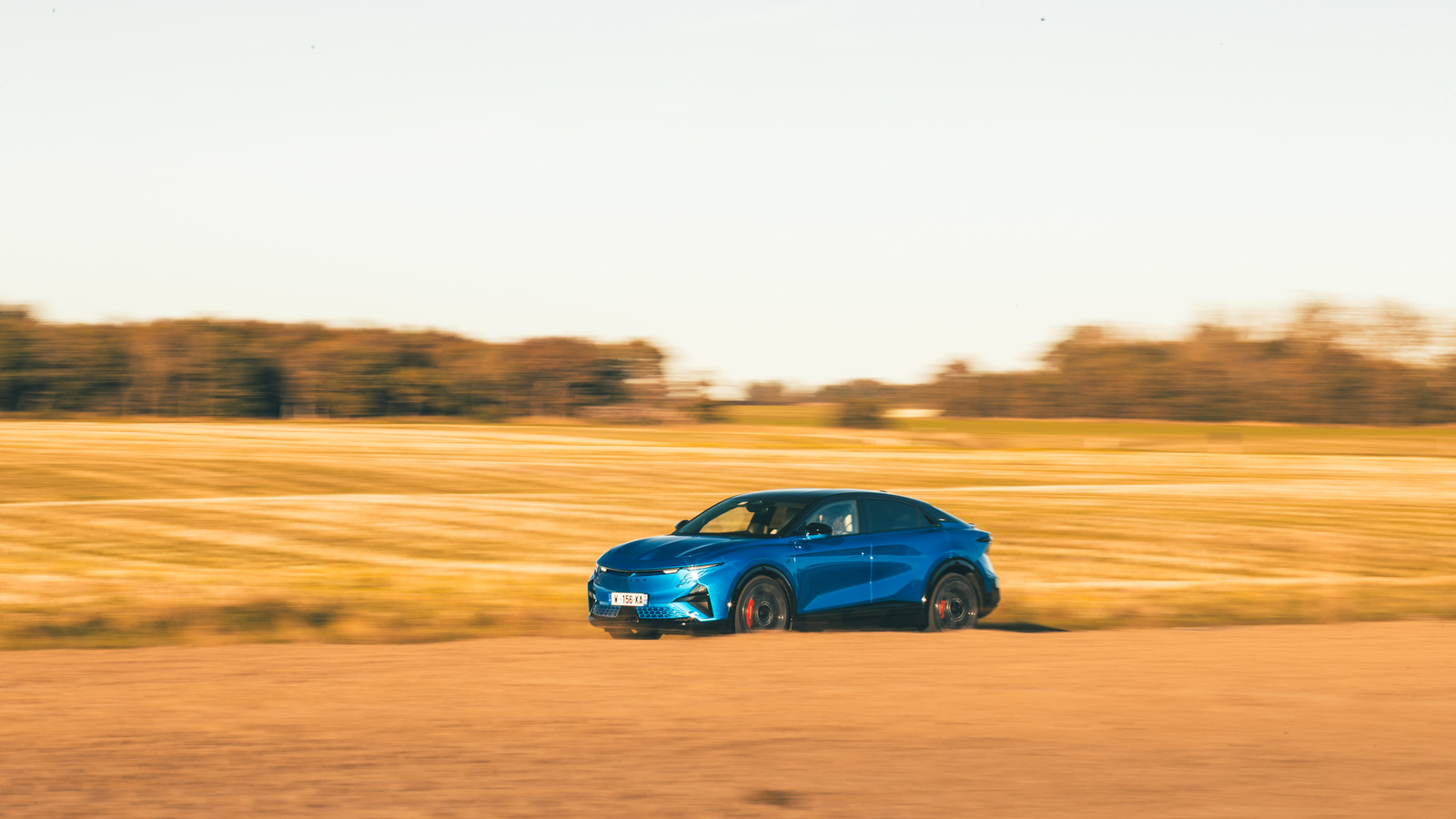

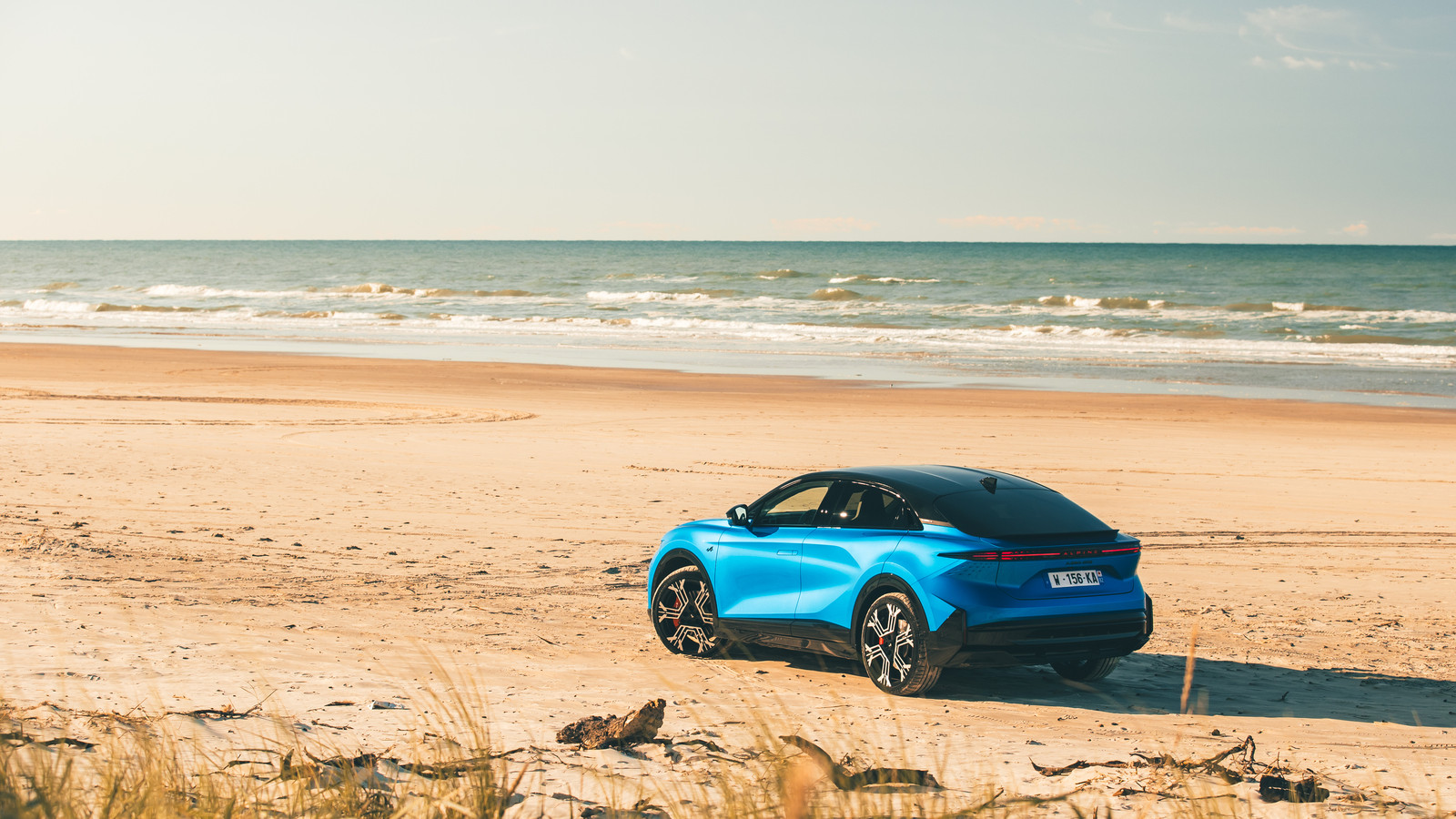
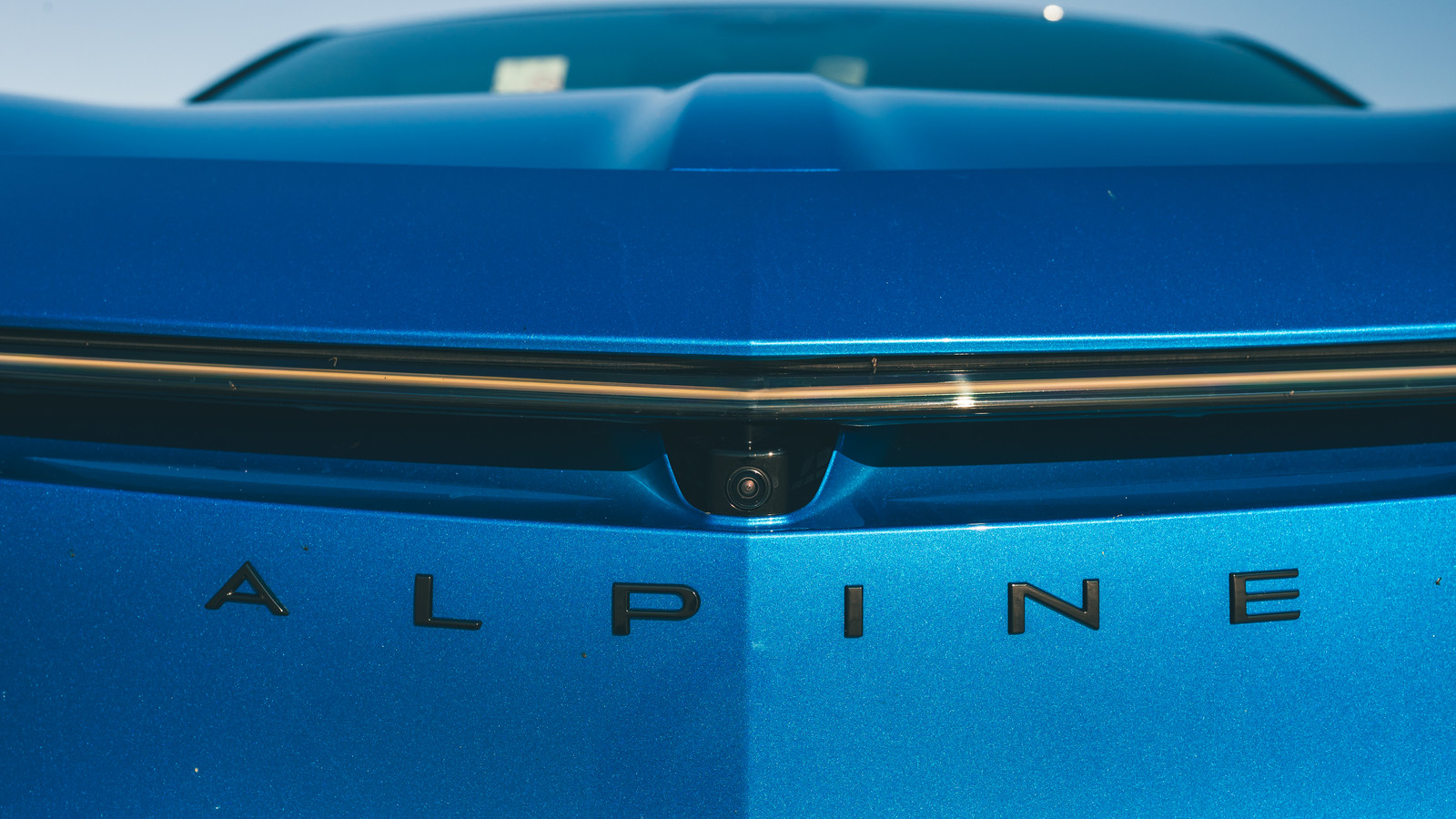
Alpine, in its 21st-century incarnation at least, is still a young brand, but it’s quickly growing up.
The first step in the masterplan was to make us all take notice with a sports car: the brilliant A110. Then it came up with something more attainable: the Renault 5-based A290 hot hatchback.
Now it needs a car for the whole family to enjoy. Typically, that brief is delivered in the form of an SUV, and that’s exactly the direction the French car maker has moved to, with this: the Alpine A390.
Does it live up to the hype? We’ve driven it, so read on to find out…
An electric SUV might seem like an unusual choice for Alpine, given the brand's focus on lightness and driver engagement. According to Alpine, the A390 delivers in these areas thanks to torque vectoring and the careful tuning of the traction control and stability control (ESC) systems.
Beneath the metal, the A390 is mechanically related to the Renault Scenic E-Tech. Don’t think it’s just a rebadged Renault, though. This model takes some design inspiration from the A110 sports car, with its curvy bonnet, central spine and visor-shaped rear windscreen.
The Alpine A390 is driven by three electric motors: one on the front and two at the back. It’s a similar set-up to that of the Maserati Granturismo Folgore and the Tesla Model S Plaid. There are two versions: GT and GTS.
In the GT, all three motors produce 132bhp each, though the one at the front has more torque, at 176lb ft; the rears have 156lb ft each. The GTS has three 154bhp motors with 221lb ft at the front and 193lb ft each at the back.
The A390's battery, larger than the Scenic's, is French-made and engineered for sustained full power output, even at low charge levels. While it maintains a 400V architecture, unlike the Hyundai Ioniq 5N, its 190kW maximum charge rate is comparable.
Battery capacity is rated at 89kWh, with a driving range of 503km (313 miles). Total power is 463bhp, while torque stands at 608lb ft.
The A390’s interior is similar to the Renault Scenic. While that might be disappointing for some drivers, there are plenty of higher-quality materials and an Alpine-specific steering wheel. There is soft, blue leather too, and it generally feels more upmarket than its Renault counterpart.
The hard-back bucket seats are unique to the Alpine. While they’re comfortable, they lack a bit of support. The biggest problem with the A390’s interior is how dark the cabin is, not helped by privacy glass and the smaller windows. There is at least more legroom here than in the Hyundai Ioniq 5N.
The A390, with 395bhp in the GT and 463bhp in the GTS, offers competitive 0-62mph times of 4.8sec and 3.9sec respectively. While it has less power than the Ioniq 5N, it’s hardly a disadvantage. It feels quick but not uncomfortably so, which feels right for an Alpine.
It also produces its own EV noises. There are no simulated gears, but the synthetic noise is supposedly inspired by the A110. Like a lot of EVs, it doesn’t sound great. We thought it sounded a lot like a tube train. It was too loud and we turned it off quite quickly.
Out on the road, the A390’s chassis doesn’t initially match the Alpine A110 for driver engagement. Drive modes include Normal, Sport and Track, and a mode you can customise. All of them offer good levels of grip on slick surfaces.
The A390 struggles to express itself on everyday roads. It handles like a Renault more than an Alpine, and due to its size, it’s hard to reach the SUV’s limits in the corners. It’s certainly not as playful or enjoyable as an Ioniq 5N.
For all that, it rides reasonably well despite big wheels and passive dampers. It’s slightly busy and wooden, but well within acceptable bounds for a sporting model.
Prices haven’t been announced in several markets yet, but in France the A390 GT will be a good deal cheaper than the Ioniq 5N (€67,500/£59,000) and the more powerful GTS will cost exactly the same (€78,000 or £68,000).
The Alpine A390 significantly undercuts the Polestar 3 and comparable Porsche Macan models in price.On paper, it also promises greater efficiency and range.
The GT model boasts a rating of 3.3 mpkWh, offering 555 km (345 miles) of range, while the GTS achieves 3.0 mpkWh, for a range of 504 km (313 miles).
Further real-world testing is required to confirm these figures. Rapid charging speeds aren’t class-leading, at 150kW for the GT, and 190kW for the GTS.
So, what’s our verdict? Well, we like the idea of the A390. While not the fastest or most technologically advanced, the Alpine A390 boasts a dynamic, torque-vectoring rear end that makes it more fun to drive than many other high-performance electric SUVs.
Despite sharing components with a Renault Scenic, its interior maintains a suitably premium feel. However, our initial road test of the A390 revealed a car that was perhaps too understated.
For an EV, especially one without a conventional engine or gearbox, to be truly engaging, it needs to offer something extra.
Compared to the Ioniq 5N, with its simulated gears and responsive differential, the A390 felt somewhat subdued. We hope that further time on UK roads will uncover its full potential.

